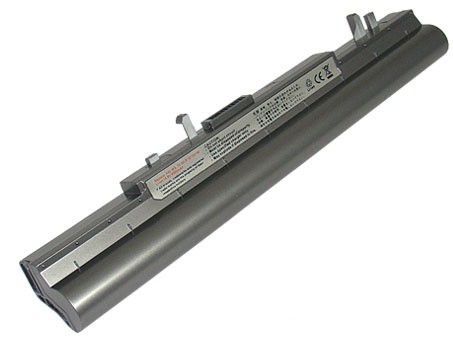Peredatchik Na Lampe 6p3s S P Konturom

List of NOS tubes st location 001. Ljubisa Djordjevic October 1, 2017 at 5:47 pm. Nikolicu, Interesuje me da mi ponudite sledece lampe.
Install qmail on centos 7 change time. Contents • • • • • • • • History [ ] The 6L6 is a descendant of the 'Harries Valve' developed by British engineer and marketed by the in 1935. Harries is believed [ ] to have been the first engineer to discover the 'critical distance' effect, which maximized the efficiency of a power, by positioning its at a distance which is a specific multiple of the - distance. This design also minimized interference of electrons dislodged from the anode. EMI engineers and improved the Harries design with a pair of beam plates, connected to the cathode, which directed the electron streams into two narrow areas and also acted like a to redirect some secondary electrons back to the anode. The beam tetrode design was also undertaken to avoid the patents which the giant firm held on power in Europe.
Because this overall design eliminated the 'tetrode kink' (negative resistance) in the lower parts of the tetrode's voltage-current characteristic curves, which sometimes caused tetrode to become unstable, MOV (, a subsidiary of jointly owned with ) marketed this tube family under the sobriquet 'KT', meaning 'kinkless tetrode'. Because MOV's engineers did not feel the kinkless tetrode could be successfully mass-produced, they licensed the design to RCA. This proved to be a poor business decision on MOV's part. RCA subsequently had enormous success with the 6L6. It replaced the use of power triodes in public-address amplifiers almost overnight. So many applications were found for the 6L6 that a complete list would be impossible to assemble. MOV introduced their version, the, a year later.
RCA's first version was an early tube. Like most with this base it had a metal, rather than glass, envelope. Later versions, including the 6L6G, 6L6GA, 6L6GB, 5881, 5932, 7027, and the final version 6L6GC had glass envelopes, which made cooling of the anode easier. The voltage and power rating of the 6L6 series were gradually pushed upwards by adding features such as a base, thicker plates, thicker grid wires, grid cooling fins, and special ultra-black plate coatings. The original metal version was rated for 19 watts dissipation while the later 6L6GC is usually rated for 30 watts. A 'W' in the descriptor, as in 6L6WGB, identifies the tube as designed for mechanically rugged environments, such as military or airborne use. Variations [ ] Early variations included transmitting tubes such as the (1937) with 6.3V heater, plate (anode) connected to a top cap, and equivalent 12.6V 1625, the smaller (1936), the many KT versions marketed in Europe, and a subsequent vast array of audio and RF power tubes.